Brazilian sun shines on Swiss football
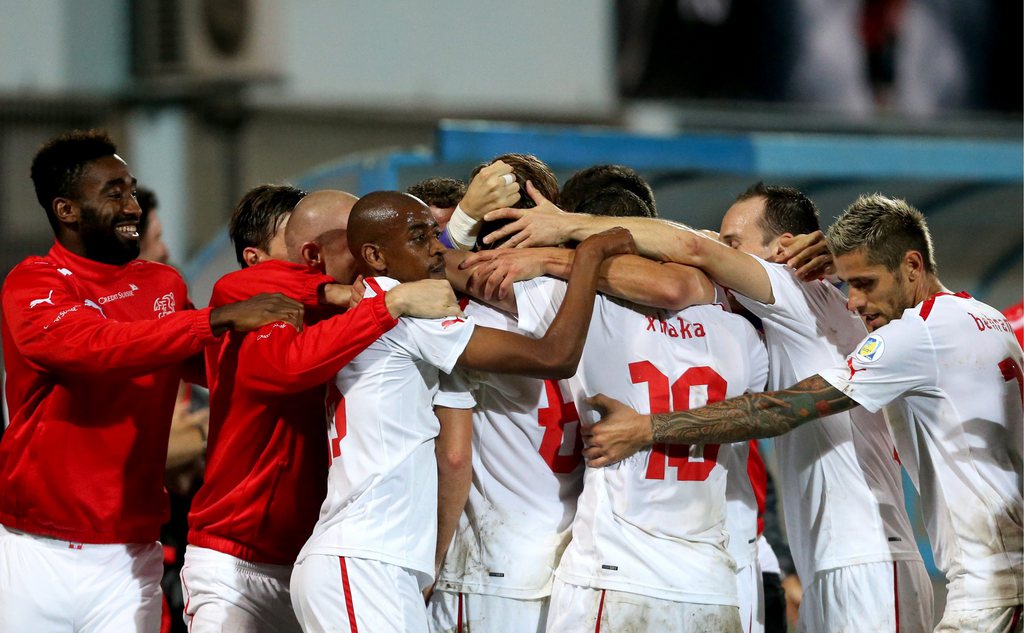
Switzerland’s 2-1 victory against Albania is worth more than just the ticket to Brazil for next year’s football World Cup. Thanks to a “Brazil bonus” from world governing body FIFA, the Swiss can continue their nurturing work with young players.
Friday’s win in Tirana means the Swiss have qualified for their third World Cup in a row. Added to recent victories in friendlies over Germany and Brazil, now’s the time for coach Ottmar Hitzfeld and his players to continue their rich run of form at a World Cup.
“There’s certainly room for improvement here,” Peter Knäbel, technical director of the Swiss Football Association, told swissinfo.ch.
“But when I look at the leagues, clubs and competitions in which Swiss are playing, then I’m sure that this mental toughness – credited to the so-called tournament countries – is increasing with us too.”
The foundation on which Switzerland has built its success – on October 17 it rose to seventh in FIFA’s world rankings – is its nurturing of young players.
Since 2010, Knäbel has continued the work of Hansruedi Hasler, who had been technical director of the Swiss Football Association since 1995 and had implemented changes to youth education and training.
The model, which has attracted a lot of attention abroad, is based on three elements: close cooperation between association, leagues and clubs; the use of professional trainers starting with the youth teams; the efficient use of financial resources.
The result is the “little Swiss football miracle”, which began in 2002 when the under-17 team won the European Championships, continued in 2009 when the under-17s sensationally became World Champions and then in 2011 when the under-21 squad reached the final of the European Championships.
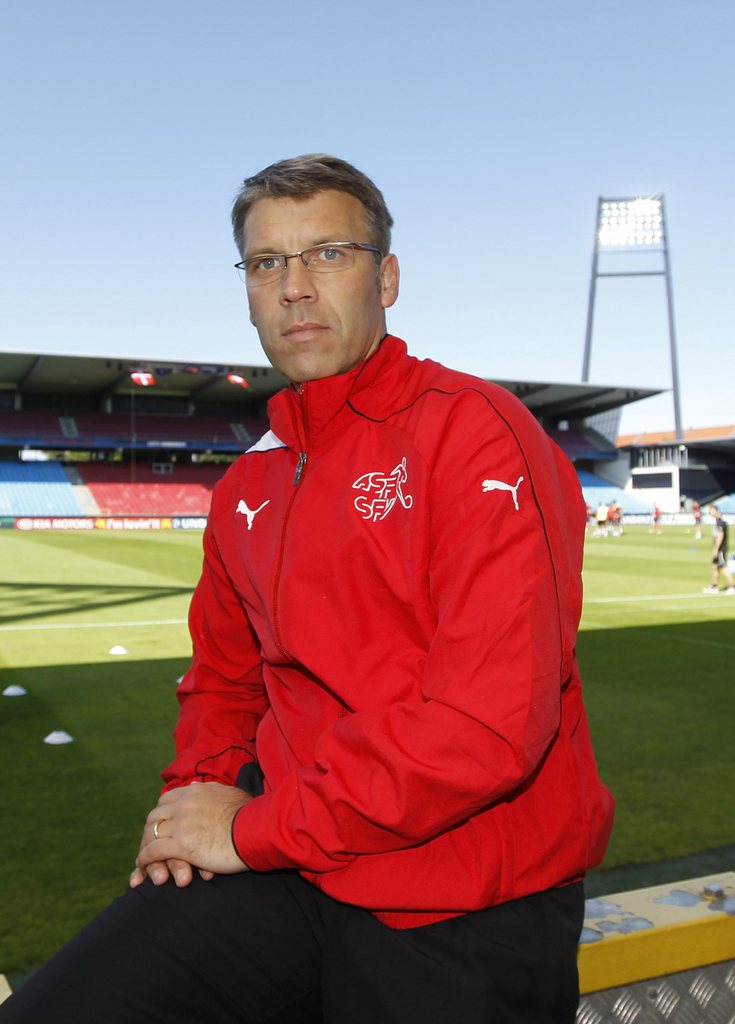
Top of the pyramid
Knäbel, a former Bundesliga player in Germany, has seen no need to fiddle with what Hasler introduced.
He has, however, placed more attention on the peak of the young player pyramid.
“The under-21 team is the most important supply line for the main national team. That’s why our chief focus is working with the under-21 team, a flagship for our training system,” he said.
The numbers back him up: no fewer than seven of the players who lost in the final against Spain in 2011 have “graduated” to the national side under Hitzfeld.
The quality of Swiss nurturing of young football players is also reflected in statistics gathered by Neuchâtel sports scientist Raffaele Poli. According to him, Switzerland is number two in the world – behind Uruguay – when one compares population size with transfers to the top five leagues in Europe (in England, Spain, France, Germany and Italy).
And also the bottom
But the Swiss Football Association is certainly not neglecting the bottom of the pyramid. Here, the national concept for five- to ten-year-olds offers a new structural framework for getting promising whippersnappers onto the football ladder.
After that, there’s the Footeco project for 11- to 14-year-olds, which focuses on the transition to the targeted promotion of talent.
Poli says the football association is also in demand for its knowledge of the “late bloomer” phenomenon, technically known as “relative age effect”. According to his research, there is an overrepresentation of players born in the first months of the year – apparently they often gain an advantage from having a more developed physique.
Knäbel’s team has been looking at this issue in depth for two years. They have identified the stage for ten- to 13-year-olds as at the origin of the disadvantage for those born later in the year. This is why as part of the Footeco programme teams must include a certain number of “late borns”.
Peter Knäbel says career planning is a central factor of the nurturing work.
The Swiss Football Association advises players and those close to them (family, agent) independently and without a financial interest.
The aim is to find the best solution for developing gifted and ambitious young footballers.
The association recommends the “Swiss method”: up-and-coming players should first establish themselves in their home country in the top league and win some silverware.
Knäbel says they should then only move abroad as a top transfer – and not just to fill out a squad.
Like this, Swiss players can make demands from a position of strength and also trust that the coach with have faith in him, even if they go through a bad phase.
‘Top priority’
Quality costs – also when it comes to training young footballers. Of the bonuses handed out by FIFA to the 32 countries taking part in Brazil – the total hasn’t yet been announced and amounts depend on end results – the Swiss Football Association will receive around CHF5 million ($5.5 million) for education and training.
Failure to qualify would have meant painful cuts in an area of which Switzerland is proud.
“World Cup qualification was the top priority,” Knäbel confirmed. “Doing so, the national side guaranteed money with which we can further develop Swiss football in all categories.”
But concepts and their implementation are just one element. The task of Knäbel’s department is above all to follow – and even anticipate – developments in international football.
Player profiles are generated by analysing games in the Champions League (football’s most prestigious club tournament) as well as European and World Championships. These profiles are then fed directly into the concepts for training coaches and players in the clubs.
Numbers game
In so doing, Knäbel says the football association wants within a year or two to be in the position of producing players “who correspond to the demands of the market”.
Asked about the profile of a modern playmaker – similar to an attacking midfielder – he said they had to deliver figures. “The number of game-winning goals – not knocking in four or five but scoring to win 1-0 or 2-1. The number of assists and moves that lead to game-winning goals.”
He also cites a willingness to run a lot, speed – necessary to get in goal-scoring positions – “and they shouldn’t think it’s beneath them to help with defence”.
It’s hard to think of a better definition of Xherdan Shaqiri, the young Swiss whirlwind who last season moved from FC Basel to Bayern Munich. He encapsulates all the qualities listed by Knäbel, although these are not so much the fruit of nurturing rather than natural gifts.
“Exceptional talents like Shaqiri are always a present,” Knäbel said. Ottmar Hitzfeld and Bayern coach Pep Guardiola are also grateful. As are the fans.
(Translated from German by Thomas Stephens)

In compliance with the JTI standards
More: SWI swissinfo.ch certified by the Journalism Trust Initiative
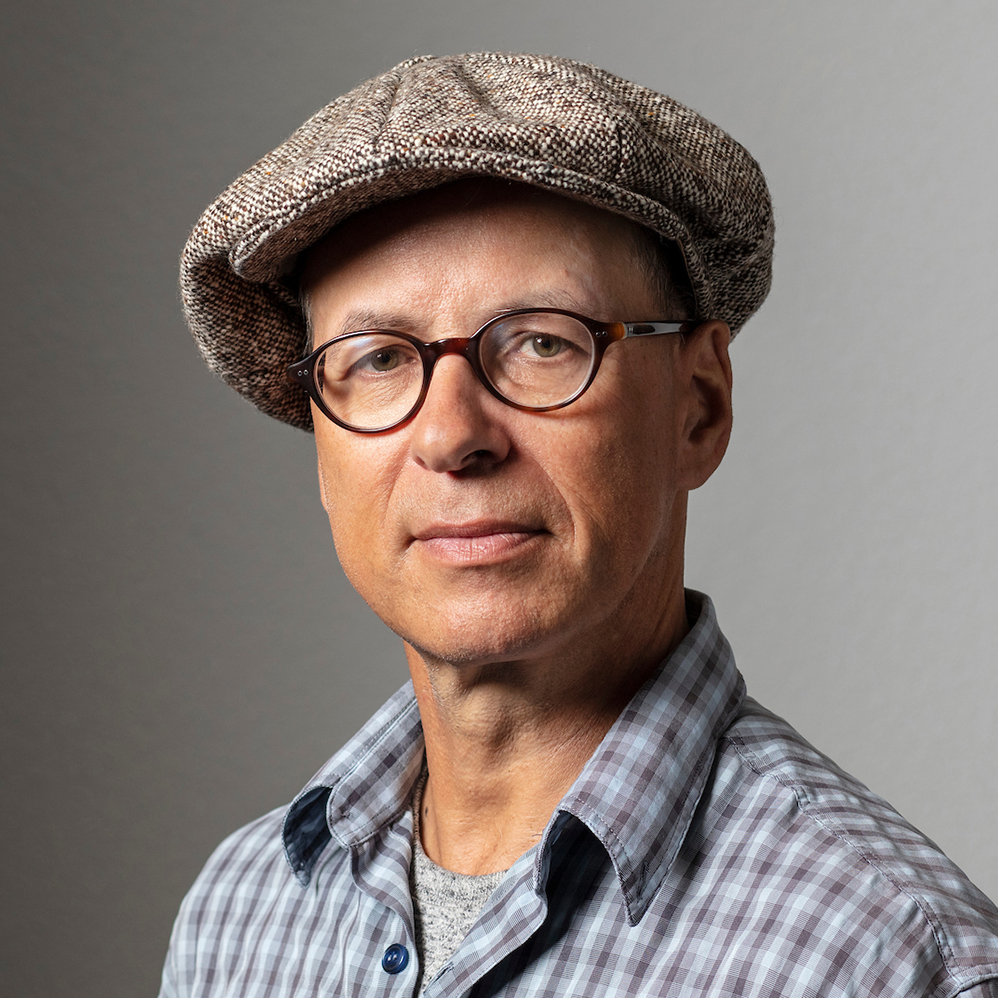
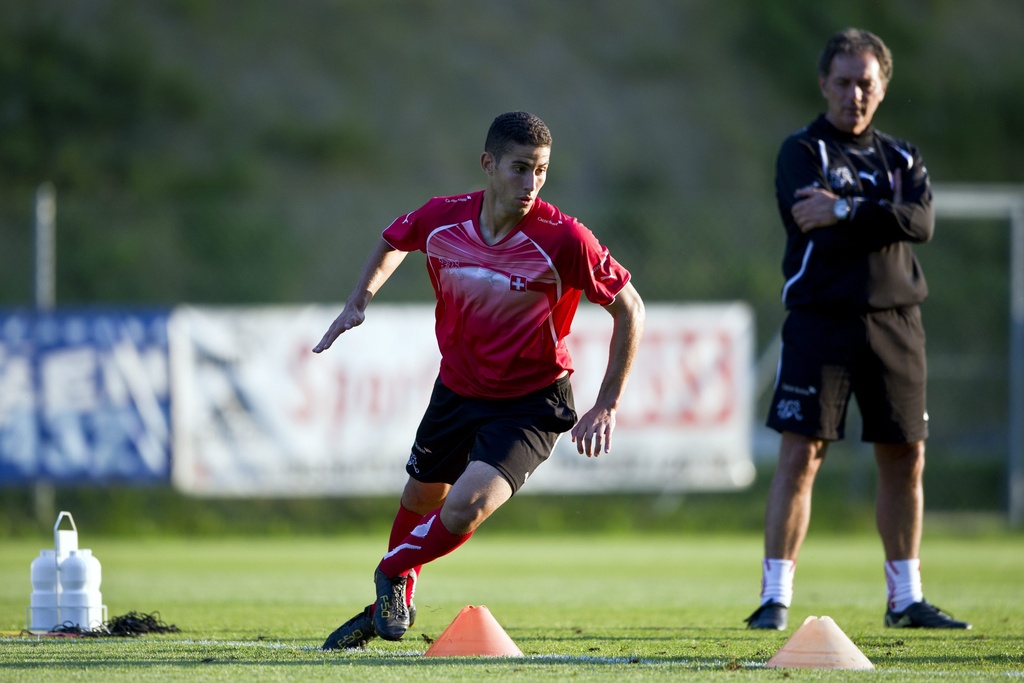
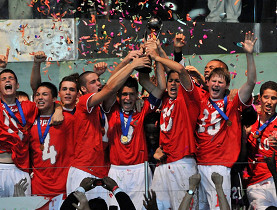
You can find an overview of ongoing debates with our journalists here. Please join us!
If you want to start a conversation about a topic raised in this article or want to report factual errors, email us at english@swissinfo.ch.